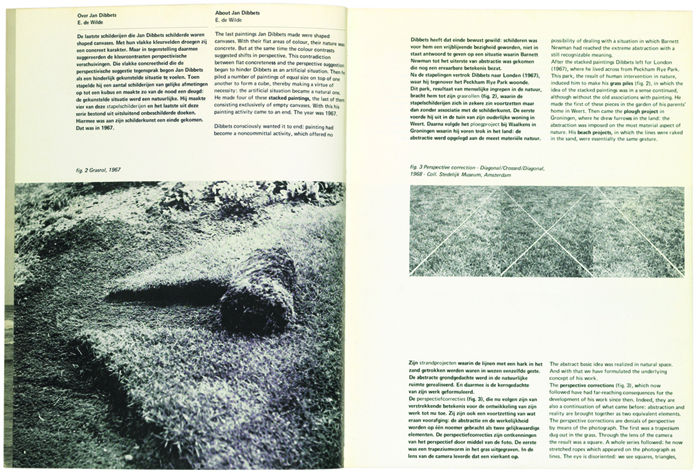
Wim Crouwel, Jan Van Toorn|Books
May 20, 2015
The Debate, Part 3
This week, Design Observer publishes four excerpts from The Debate, now available from Monacelli.
Within a year of each other, Jan van Toorn and Wim Crouwel each designed a catalog for an exhibition of the work of visual artist Jan Dibbets (b. 1941). Van Toorn did so in late 1971 as the in-house typographer of the Van Abbemuseum, Eindhoven, while Crouwel did so in the same role for the Stedelijk Museum, Amsterdam. The character of each catalog differs significantly: the Van Abbesmuseum catalog looks much like an artist’s book, while the Stedelijk one has a retrospective character. Similarly, the typographic views expressed are quite divergent.
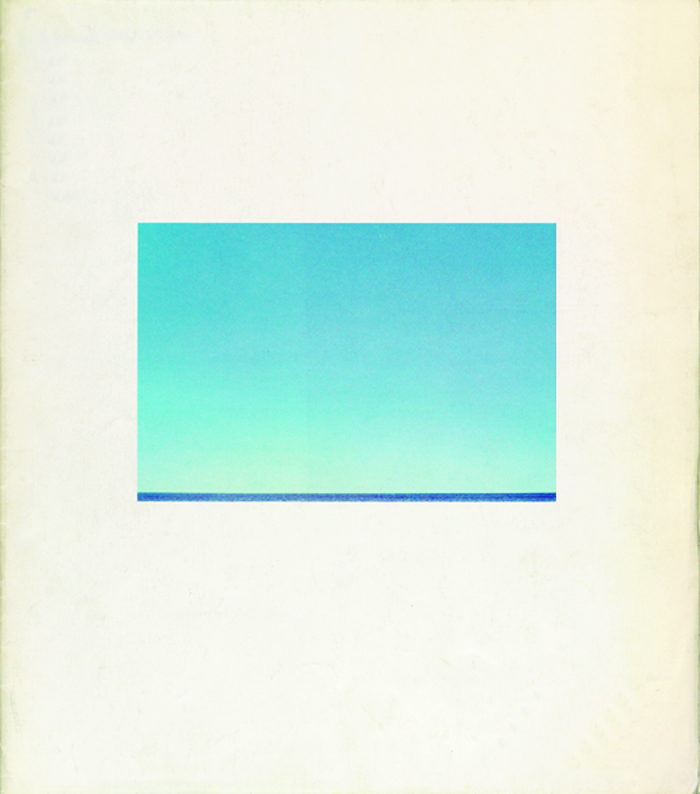
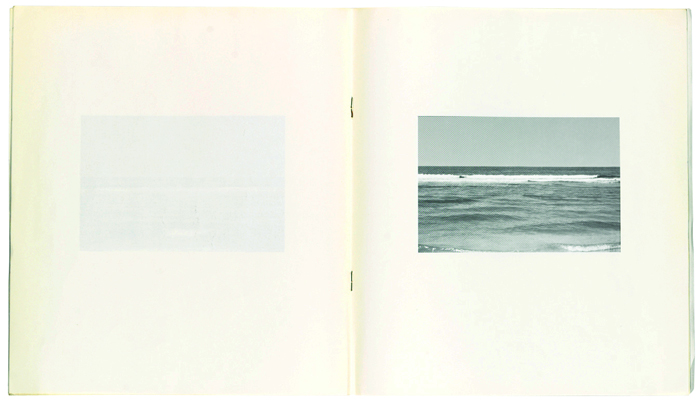
Above: Jan Van Toorn, cover and spread for Jan Dibbets catalog, Van Abbemuseum, 1971
Crouwel considered the Stedelijk Museum catalogs as items in a series, requiring that each one be instantly recognizable as coming from that museum. He strengthened this identity through the rigid typographic views he systematically applied. For example, he always used the same typeface, Univers, always in the same size. Although Crouwel relied on bold or italics for typographic emphasis while avoiding variations in type size and underlining, he did experiment with color and different kinds of paper. His catalogs always had the same height, but their width could vary.
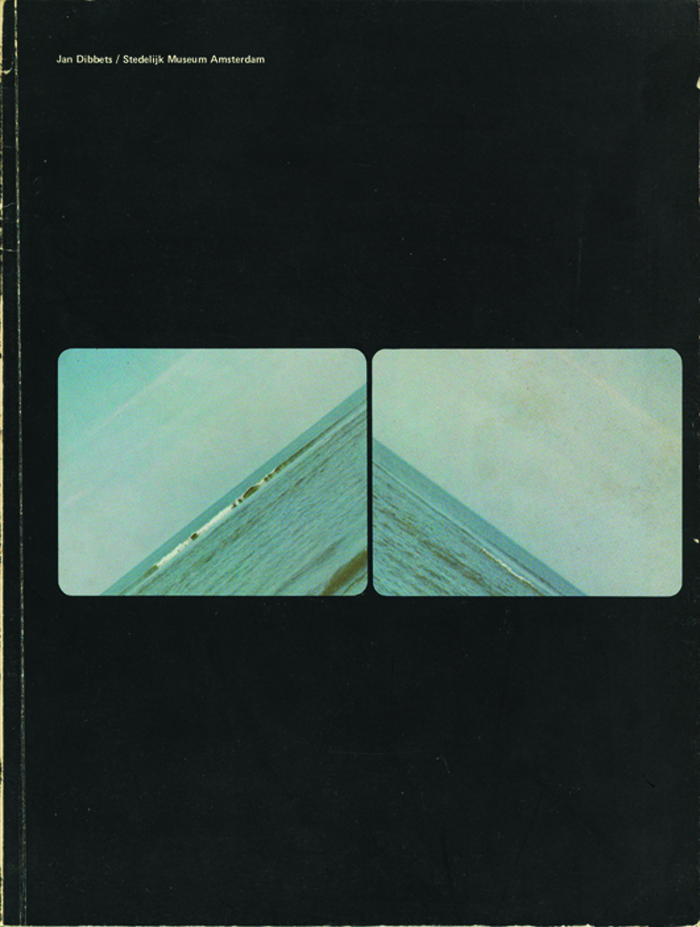
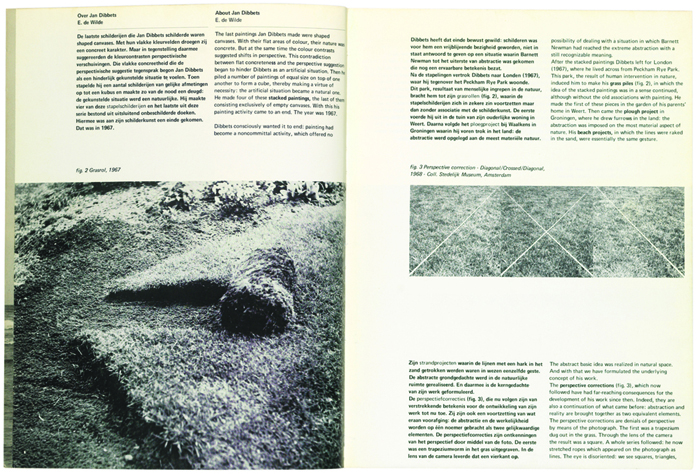
Above and top: Wim Crouwel, cover and spreads for Jan Dibbets catalog, Stedelijk Museum, 1972
As a result, it was possible to work on many assignments simultaneously, while the elaborated designs still had a uniform appearance. It was colleague Jurriaan Schrofer who once labeled Wim Crouwel as the “system-general.”
Observed
View all
Observed
By Wim Crouwel & Jan Van Toorn
Related Posts
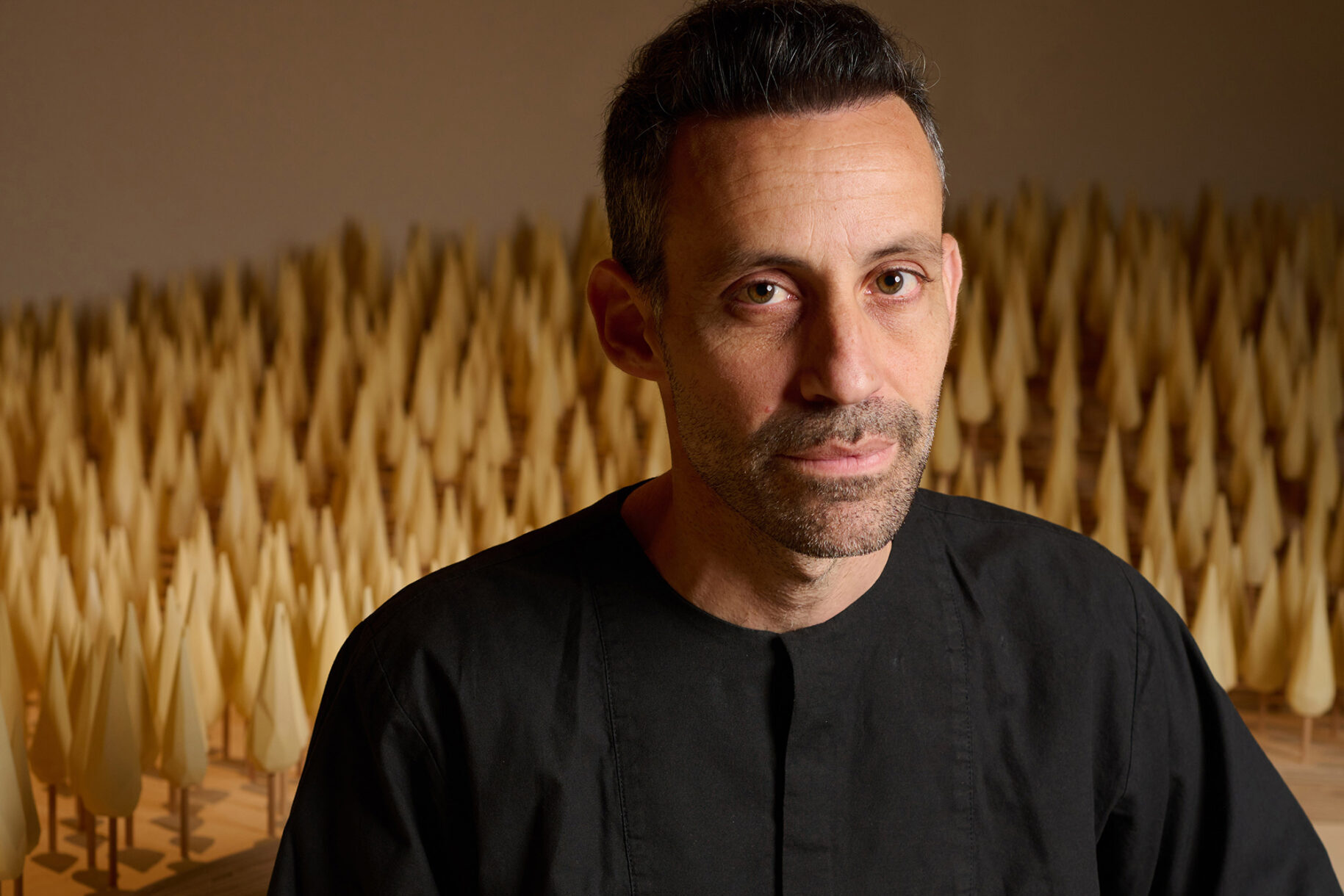
Sustainability
Delaney Rebernik|Books
Head in the boughs: ‘Designed Forests’ author Dan Handel on the interspecies influences that shape our thickety relationship with nature
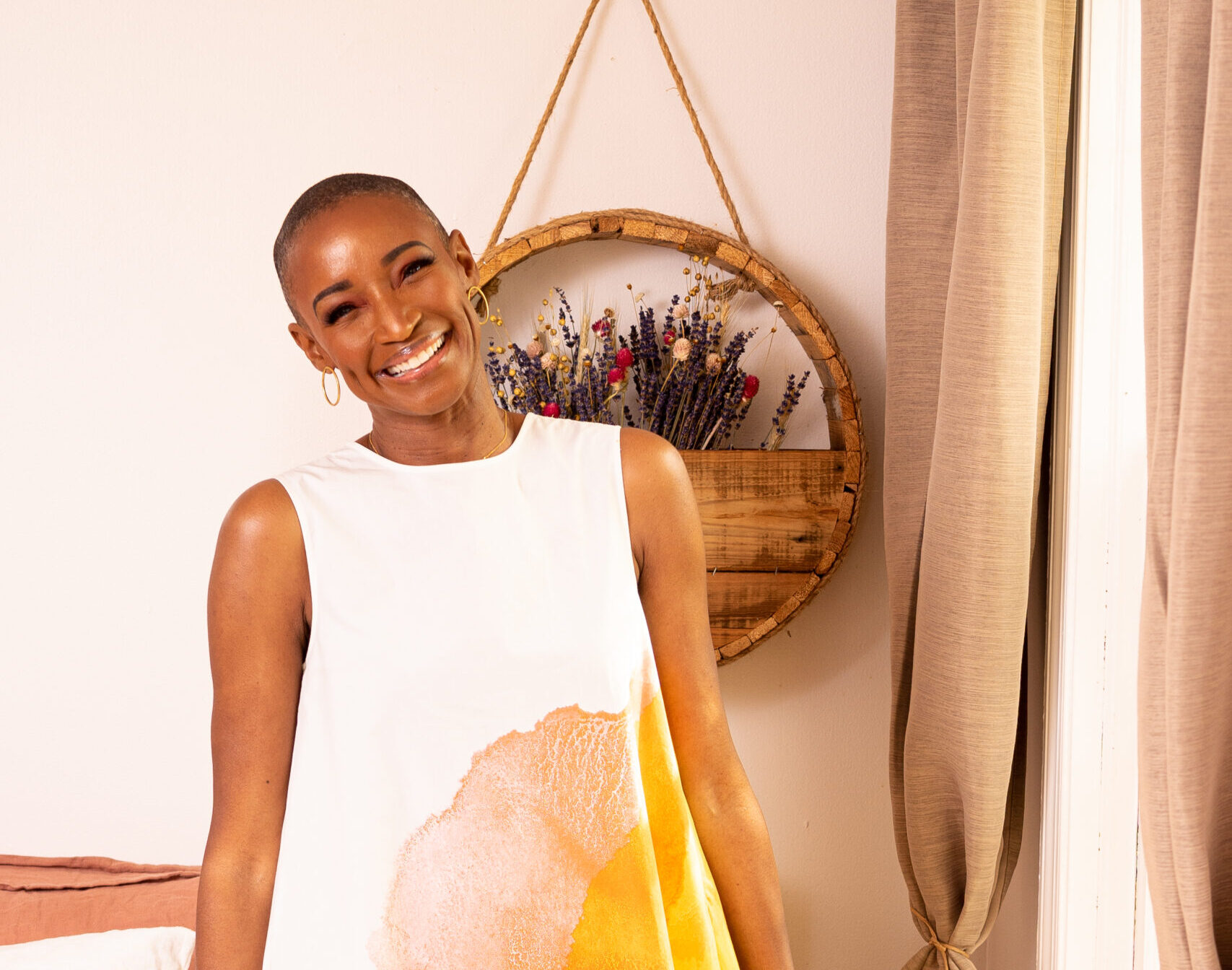
Design Juice
L’Oreal Thompson Payton|Books
Less is liberation: Christine Platt talks Afrominimalism and designing a spacious life

The Observatory
Ellen McGirt|Books
Parable of the Redesigner
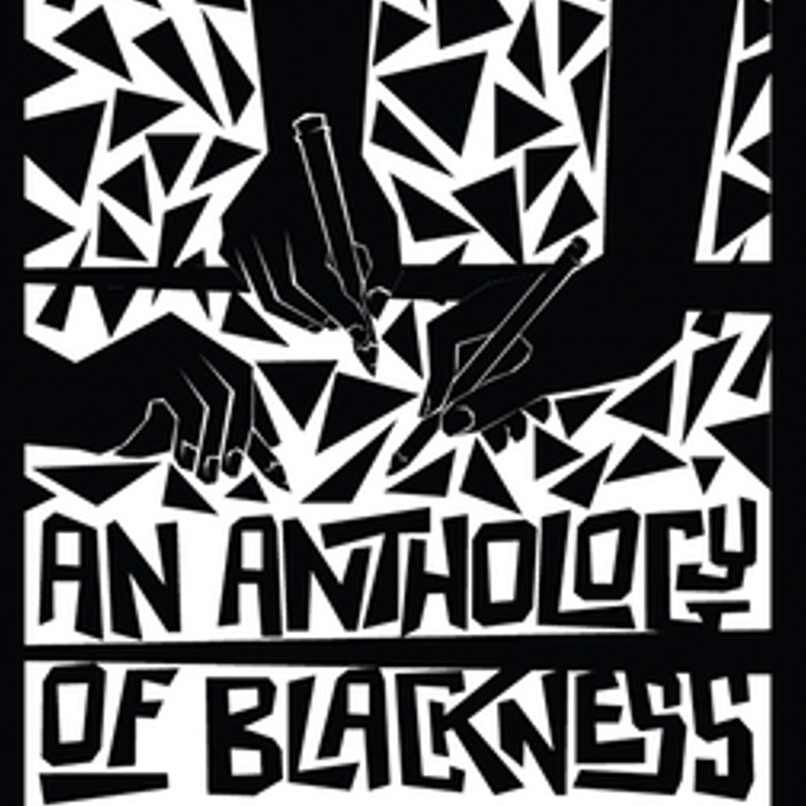
Books
Jennifer White-Johnson|Books
Amplifying Accessibility and Abolishing Ableism: Designing to Embolden Black Disability Visual Culture
Recent Posts
Candace Parker & Michael C. Bush on Purpose, Leadership and Meeting the MomentCourtney L. McCluney, PhD|Essays
Rest as reparations: reimagining how we invest in Black women entrepreneurs Food branding without borders: chai, culture, and the politics of packaging Why scaling back on equity is more than risky — it’s economically irresponsibleRelated Posts

Sustainability
Delaney Rebernik|Books
Head in the boughs: ‘Designed Forests’ author Dan Handel on the interspecies influences that shape our thickety relationship with nature

Design Juice
L’Oreal Thompson Payton|Books
Less is liberation: Christine Platt talks Afrominimalism and designing a spacious life

The Observatory
Ellen McGirt|Books
Parable of the Redesigner

Books
Jennifer White-Johnson|Books
